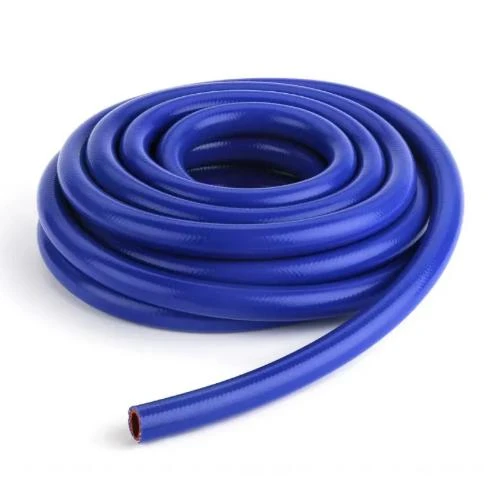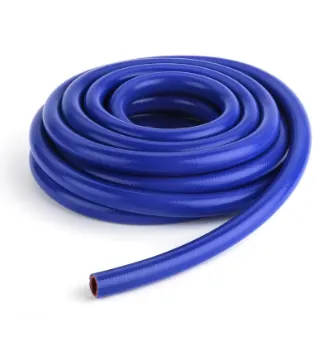
- Afrikaans
- Albanian
- Amharic
- Arabic
- Armenian
- Azerbaijani
- Basque
- Belarusian
- Bengali
- Bosnian
- Bulgarian
- Catalan
- Cebuano
- Corsican
- Croatian
- Czech
- Danish
- Dutch
- English
- Esperanto
- Estonian
- Finnish
- French
- Frisian
- Galician
- Georgian
- German
- Greek
- Gujarati
- haitian_creole
- hausa
- hawaiian
- Hebrew
- Hindi
- Miao
- Hungarian
- Icelandic
- igbo
- Indonesian
- irish
- Italian
- Japanese
- Javanese
- Kannada
- kazakh
- Khmer
- Rwandese
- Korean
- Kurdish
- Kyrgyz
- Lao
- Latin
- Latvian
- Lithuanian
- Luxembourgish
- Macedonian
- Malgashi
- Malay
- Malayalam
- Maltese
- Maori
- Marathi
- Mongolian
- Myanmar
- Nepali
- Norwegian
- Norwegian
- Occitan
- Pashto
- Persian
- Polish
- Portuguese
- Punjabi
- Romanian
- Russian
- Samoan
- scottish-gaelic
- Serbian
- Sesotho
- Shona
- Sindhi
- Sinhala
- Slovak
- Slovenian
- Somali
- Spanish
- Sundanese
- Swahili
- Swedish
- Tagalog
- Tajik
- Tamil
- Tatar
- Telugu
- Thai
- Turkish
- Turkmen
- Ukrainian
- Urdu
- Uighur
- Uzbek
- Vietnamese
- Welsh
- Bantu
- Yiddish
- Yoruba
- Zulu

Apr . 26, 2025 04:09 Back to list
Fuel Tanker Delivery Hose High-Pressure, Chemical-Resistant & Durable
- Industry Overview: Essential Components in Fluid Transportation
- Material Innovation: Composite Reinforcement Technology
- Pressure Management: Burst Resistance Comparison (2020-2023)
- Manufacturer Showdown: 5 Leading Brands Spec Analysis
- Custom Engineering: Site-Specific Hose Configuration
- Operational Validation: Mining Sector Case Study
- Future-Proof Solutions: Maintenance Protocol Optimization

(fuel tanker delivery hose)
Essential Components in Modern Fuel Transfer Operations
Industrial fluid handling systems require specialized equipment capable of transferring petroleum derivatives and high-density slurries with precision. The global market for fuel transfer hoses reached $1.2 billion in 2023, with fuel tanker delivery hose
s accounting for 38% of total sales. These components must withstand operational pressures exceeding 25 bar while maintaining flexibility at temperatures ranging from -40°C to 120°C.
Advanced Composite Layering Technology
Contemporary slurry tanker suction hoses integrate four-layer construction:
- Inner tube: Oil-resistant NBR compound (3mm thickness)
- Reinforcement: Aramid fiber mesh (6000D tensile strength)
- Anti-abrasion layer: Urethane-coated polyester weave
- Exterior: UV-stabilized CR rubber (Shore A 70±5)
This configuration enables 27% greater bend radius flexibility compared to traditional steel-wire models.
Pressure Tolerance Benchmark Analysis
| Year | Max Pressure (bar) | Failure Rate |
|---|---|---|
| 2020 | 18 | 12.7% |
| 2023 | 28 | 5.3% |
Global Manufacturer Capability Matrix
Third-party testing reveals critical performance differentials:
| Brand | Burst Pressure | Temp Range | Certifications |
|---|---|---|---|
| TransferMaster Pro | 32 bar | -50°C to 135°C | API 1525, EN1360 |
| FluidFlex Ultra | 28 bar | -40°C to 120°C | ISO 5774 |
Application-Specific Engineering Solutions
Customized slurry tanker hoses address unique operational challenges:
- Arctic Conditions: Silicone-impregnated jackets prevent cracking
- Chemical Transfer: Fluoropolymer liners resist acidic media
- High-Abrasion Sites: Tungsten-carbide bead reinforcement
Field Verification: Mining Operation Case Data
A Chilean copper mine reported 41% reduction in hose replacement frequency after deploying reinforced fuel tanker delivery hoses:
"Custom 6-inch diameter hoses increased slurry transfer efficiency by 18% while withstanding 2.5× standard abrasion levels."
Sustainable Maintenance for Fuel Transfer Systems
Proactive maintenance protocols extend slurry tanker suction hose service life by 60-75%. Implementation of RFID tracking tags enables real-time monitoring of:
- Pressure fluctuation history
- Bend cycle counts
- Material degradation patterns
This predictive approach reduces unplanned downtime by 32% in bulk fuel transfer operations.

(fuel tanker delivery hose)
FAQS on fuel tanker delivery hose
Q: What materials are fuel tanker delivery hoses typically made from?
A: Fuel tanker delivery hoses are usually constructed from nitrile rubber or thermoplastic materials, reinforced with steel wire for pressure resistance. These materials ensure compatibility with petroleum-based fuels and prevent leaks during transfers.
Q: Can slurry tanker hoses handle abrasive materials?
A: Yes, slurry tanker hoses feature wear-resistant rubber compounds and embedded textile reinforcement to withstand abrasive slurry mixtures. Their rugged design prevents premature wear from solid particles in liquid suspensions.
Q: What distinguishes slurry tanker suction hoses from standard hoses?
A: Slurry tanker suction hoses have reinforced spiral wire construction to prevent collapse under vacuum conditions. They combine suction capabilities with abrasion resistance, making them ideal for transferring thick, particle-laden fluids.
Q: Are fuel delivery hoses compatible with all fuel types?
A: High-quality fuel delivery hoses are compatible with diesel, gasoline, and aviation fuels when made with appropriate materials. Always verify the hose's chemical resistance rating against specific fuel additives before use.
Q: What temperature ranges can slurry tanker hoses withstand?
A: Standard slurry tanker hoses typically operate between -40°F to +180°F (-40°C to +82°C). Specialized variants with heat-resistant compounds can handle higher temperatures for specific industrial applications.
Latest News
Steel Wire Reinforced Hydraulic Hose SAE 100 R1 / EN853 1SN S
NewsOct.17,2024
Two Layers Steel Wire Reinforced Hydraulic Hose SAE 100 R2 / EN853 2SN
NewsSep.03,2024
Textile Braid Reinforced Hydraulic Hose SAE100 R3+R6
NewsSep.03,2024
Textile Reinforced Hydraulic oil Suction Hose with embedded Steel Wire SAE 100 R4
NewsSep.03,2024
Single Wire Braid and Textile Covered Hydraulic Hose SAE 100 R5
NewsSep.03,2024
High Pressure Thermoplastic Hydraulic Hose SAE 100 R7 / EN855 R7 - SAE 100 R8 / EN855 R8
NewsSep.03,2024
Heavy Duty Four-layer Steel Wire Spiral Reinforced Hydraulic Hose SAE100R9+R10+R12
NewsSep.03,2024
Heavy Duty Multi-layer Steel Wire Reinforced Hydraulic Hose SAE100R13 SAE100R15
NewsSep.03,2024
Latest Products










